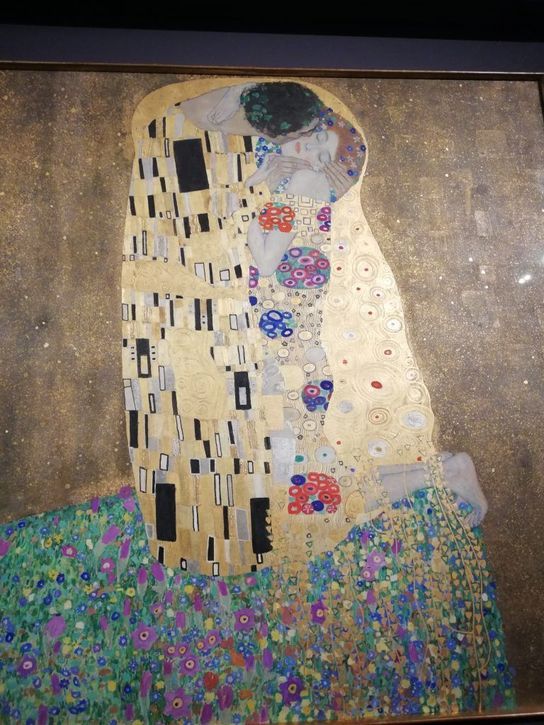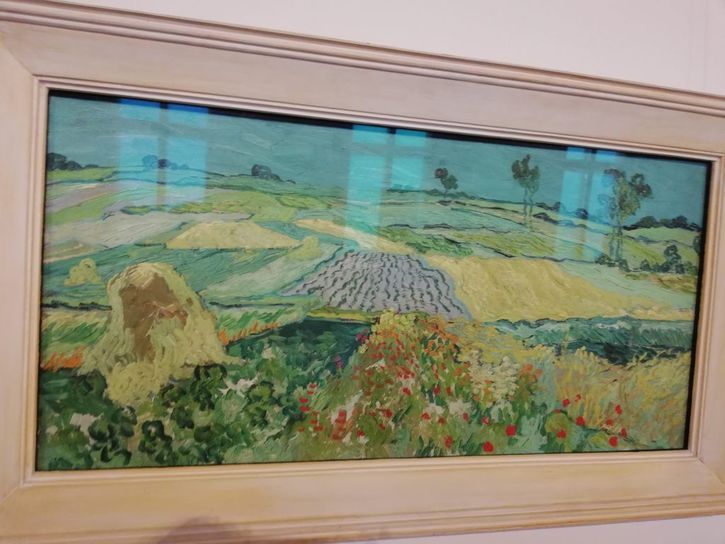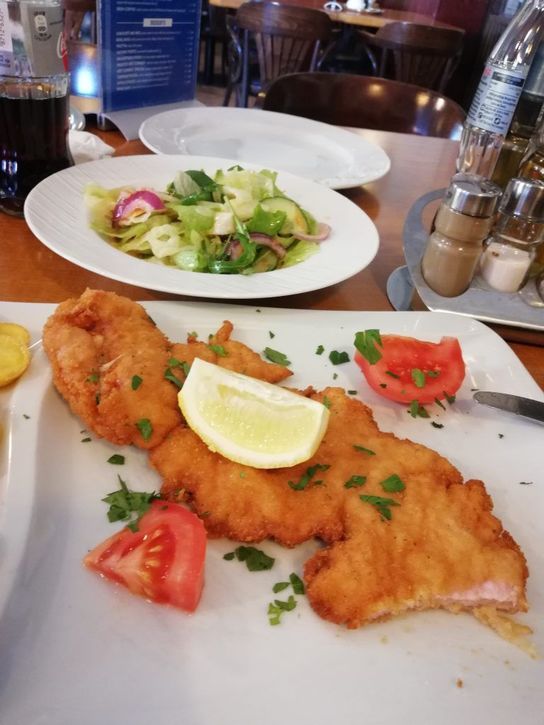After a good nights sleep in the Park and Ride carpark of Brunn-Maria-Enzersdorf station, we got the train into Vienna and visited St Stephen’s cathedral. The current Romanesque and Gothic form of the cathedral, seen today in the Stephansplatz, was largely initiated by Duke Rudolf IV(1339–1365) and stands on the ruins of two earlier churches, the first a parish church consecrated in 1147. The most important religious building in Vienna, St. Stephen’s Cathedral has borne witness to many important events in Habsburg and Austrian history and has, with its multi-coloured tile roof, become one of the city’s most recognizable symbols.
Standing at 136 meters tall and affectionately referred to by the city’s inhabitants as “Steffl”, the Cathedral’s massive south tower is its highest point and a dominant feature of the Vienna skyline. Its construction lasted 65 years, from 1368 to 1433. During the Siege of Vienna in 1529 and again during the Battle of Vienna in 1683, it served as the main observation and command post for the defence of the walled city, and it even contains an apartment for the watchmen who, until 1955, manned the tower at night and rang the bells if a fire was spotted in the city. At the tip of the tower stands the double-eagle imperial emblem with the Habsburg-Lorraine coat of arms on its chest, surmounted by a double-armed apostolic cross, which refers to Apostolic Majesty, the imperial style of kings of Hungary. In 1945, fire caused by World War II damage to nearby buildings leapt to the north tower of the cathedral and destroyed the wooden framework of the roof. Replicating the original bracing for so large a roof (it rises 38 metres above the floor) would have been cost prohibitive, so over 600 metric tons of steel bracing were used instead
We then walked a short distance to see the Peterskirche, which was first built about 400 AD on the site of a Roman camp. This church was replaced with a Romanesque church with a nave and two aisles. It is believed to have been established by Charlemagne around 800 and a church of Saint Peter in Vienna is first mentioned in 1137.
Vienna is rather odd in that there appears to be a complete absence of street signs telling you how to get to places and a frequent use of the laptop and mifi was needed to find the Belvedere Palace which, with St Stephens and the Schonbrunn Palace, is one of the top three tourist attractions
The Belvedere consists of two Baroque palaces (the Upper and Lower Belvedere), the Orangery, and the Palace Stables. The buildings are set in a Baroque park landscape on the south-eastern edge of the city centre. It houses the Belvedere museum. The grounds are set on a gentle gradient and include decorative tiered fountains and cascades, Baroque sculptures, and majestic wrought iron gates. The Baroque palace complex was built as a summer residence for Prince Eugene of Savoy.
The Belvedere was built during a period of extensive construction in Vienna, which at the time was both the imperial capital and home to the ruling Habsburg dynasty. This period of prosperity followed the commander-in-chief Prince Eugene of Savoy’s successful conclusion of a series of wars against the Ottoman Empire. In 1697, Prince Eugenepurchased a sizable plot of land south of the Rennweg, the main road to Hungary. Plans for the Belvedere garden complex were drawn up immediately. The prince chose Johann Lukas von Hildebrandt as the chief architect for this project Hildebrandt (1668–1745), whom the general had met whilst engaged in a military campaign in Piedmont, had already built Ráckeve Palace for him in 1702 on Csepel, an island in the Danube south of Budapest.The construction of the Upper Belvedere began as early as 1717, as testified by two letters that Prince Eugene sent from Belgrade to his servant Benedetti in summer 1718, describing the progress of work on the palace. Construction was so far advanced by 2 October 1719 that the prince was able to receive the Turkish ambassador Ibrahim Pasha there.
The Lower Belvedere had an exhibition of drawings by the little-known artist Klemens Brosch (1896-1926) from Linz. Drawn in pen and pencil, they are simply stunning with enormous attention to detail. The earliest drawings of landscapes show almost every blade of grass and leaf on the trees. Sent to the Galician Front with three brothers in 1914, he suffered an illness which was treated with morphine and he became addicted. His pictures became increasingly disturbing as he was committed to a mental hospital in Linz and the second picture below is the last before his suicide.
We walked up the slope to the Upper Belvedere which was much more crowded and we struggled to the front of a crowd to see “The Kiss” by Gustav Klimt. Not my cup of tea, although I can understand why it has become so popular. Other pictures by Klimt were more to my taste, and I enjoyed one of Van Gogh’s last paintings before his suicide where the wildly-drawn rolling landscape was said to mirror his own feeling of loneliness and hopelessness.
We then set off for Graz and spent the night at No.98 Rastplatz about 50 miles north of the city.
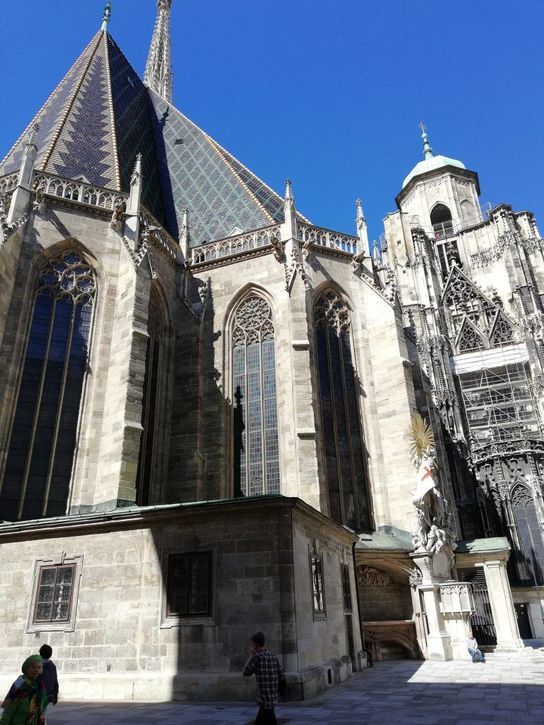
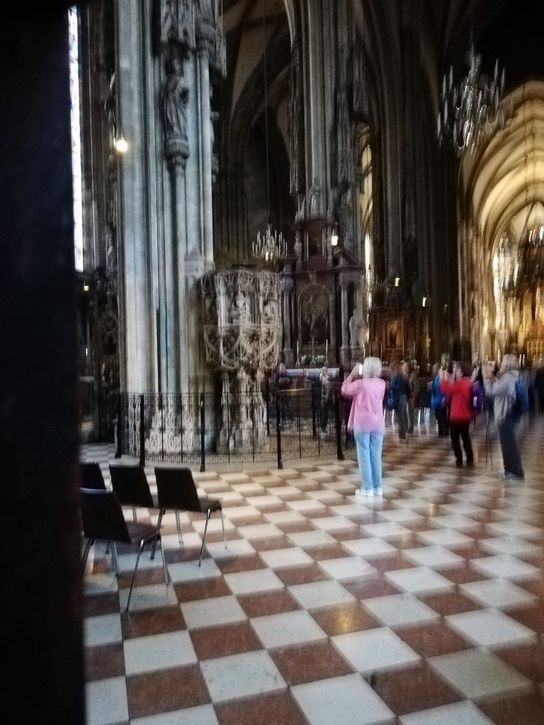
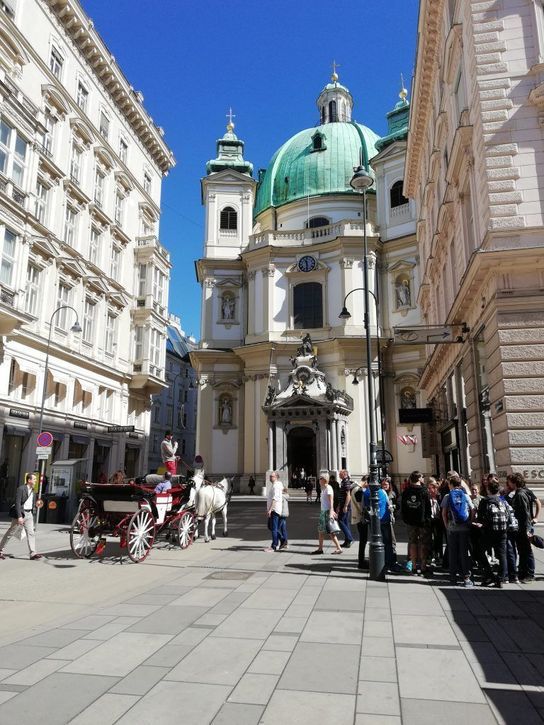
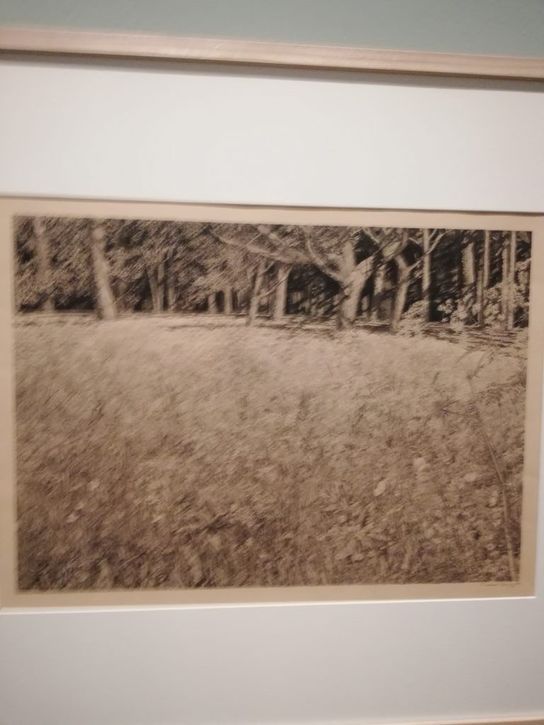
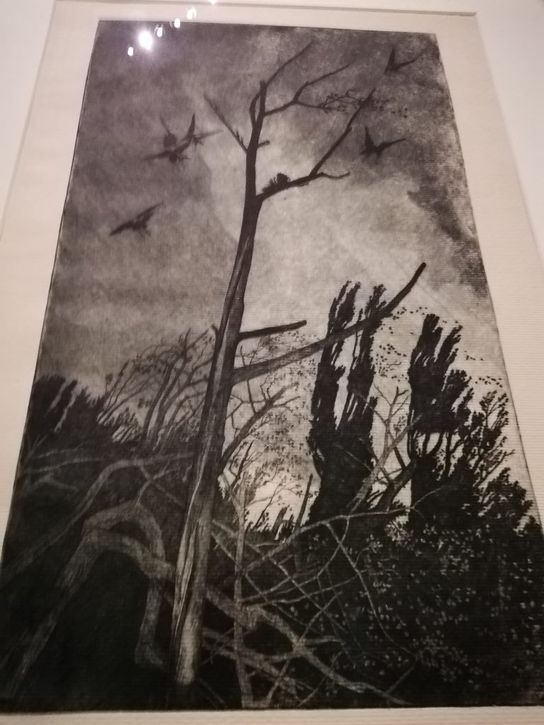
[caption id="attachment_429" align="alignleft" width="1024"]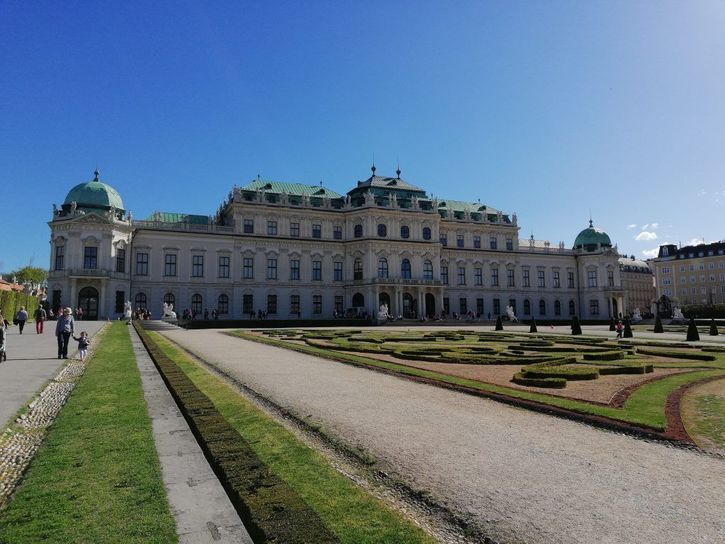 Belvedere Upper Palace
Belvedere Upper Palace
